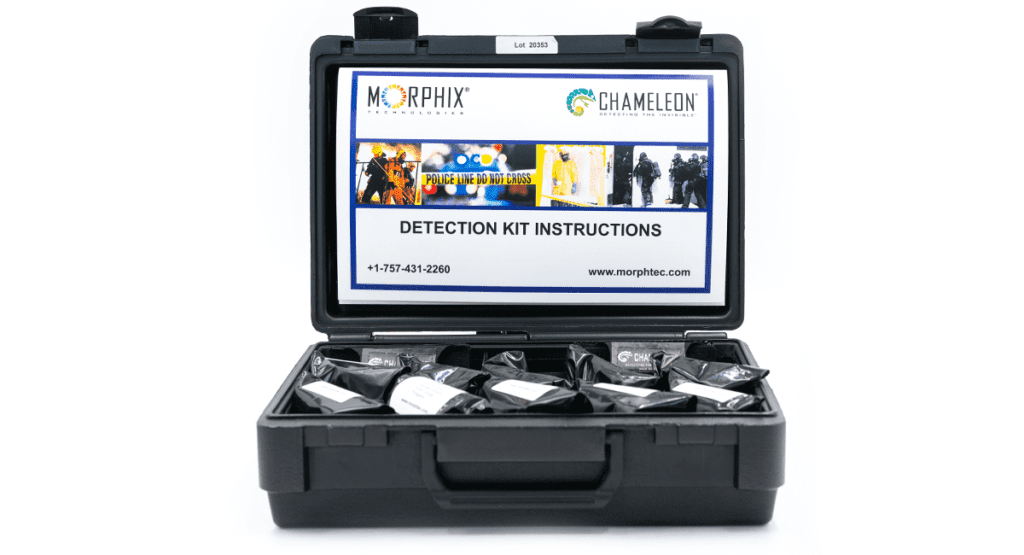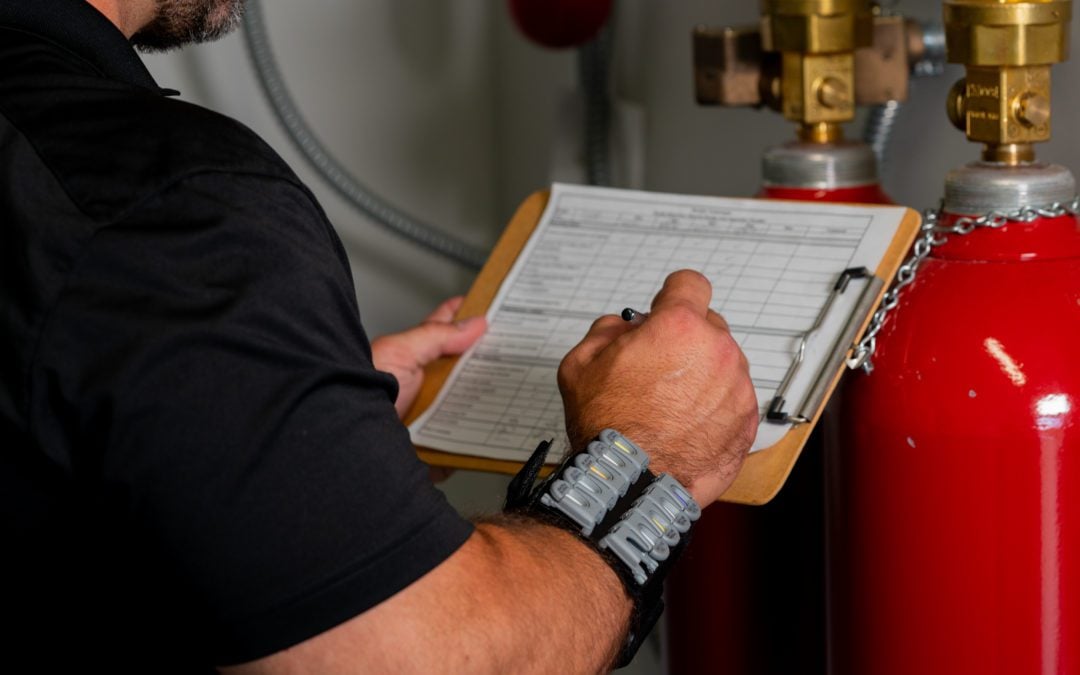The Fire raged for hours. It all began as a spark, a small, insignificant murmur of smoke with a whisper of danger. Soon after, the blazes rose high and an army of bright lights and fireproof figures rushed to squelch the now engulfed structure. Ladders and firehoses sprung up to fight against the deafening roar of the untamed beast while saviors dawning brave faces with respirators on their backs jumped into action. The protectors must be protected too.
But soon the whisper returns, the flames dull and the allure of danger subsides. That is when I step in. If only I knew the real danger was only beginning.
The inevitable question is always, asked, “What happened? Was this preventable?”. “How did this once beautiful place become only a charred memory of what once was?”. Now it’s my job to answer that question. After the smoke cleared and the ashes calmed, I ready myself to find out just that.
I can walk the space, investigate the scene, and determine the cause, all while being surrounded by the ruin around me. An old mattress now only springs, kitchen cabinets no longer on hinges, electronics and toys that used to bring life to this space now wasted. I see no harm, no heat remains here, but I see this disaster everyday.
Now years later, with a diagnosis that makes me shiver, I remember the years I spent assessing safety for those around me, and not looking out for my own. You see, it’s not me who went in with a respirator on my back. It isn’t me who wore a mask or monitored for chemical off-gassing. My part was after the fire. Supposed to be after the danger. I was the one finding answers and bringing resolution. The funny thing is, among those charred memories of lifeless furniture, melted toys, unrecognizable paints and wallpapers were toxins. They were there all along but I never asked about the unseen dangers. I never wondered how they would affect me.
Once I would have said, “I am a fire investigator” but now I am a patient.
Fire Investigator Safety in the Real World

Fire Investigators are one of the many professions that see adverse health effects after years on the job. Moreover, there have been many studies linking firefighting in general to increased risks of Cancer (See American Cancer Society for mor Information). There is a determining factor for fire investigators which stands out above the rest. According to the US Fire Administration, firefighters have a standard for personal protective equipment. The guidelines on those for investigators is much less defined. Let’s dive deeper into Fire Investigator Safety.
Personal protective equipment (PPE) Standards
The National Fire Protection Association (NFPA) released its second draft of NFPA 1970, Standard on Protective Ensembles for Structural and Proximity Firefighting, Work Apparel and Open-Circuit Self-Contained Breathing Apparatus (SCBA) for Emergency Services, and Personal Alert Safety Systems (PASS). This new standard for the fire service features updated performance requirements for firefighter personal protective equipment.
– USFA FEMA
These standards include clothing, work uniforms, self-contained breathing apparatus (SCBA), and personal alert safety system (PASS) devices. These standards intend to serve as protective ensembles for structural and proximity firefighting. Fire Investigators do not have a national standard for PPE, and wearing SCBA or PASS devices is not a requirement as they conduct their investigations.
A quote from the Tulsa Fire Department applied research project (Criteria for the selection of protective clothing for fire investigators), “Most of the discussion addresses fire scenes where hazardous materials may be present. In those situations the level of hazard will direct the type of protective clothing worn by the investigator. However, as noted in Fire investigation Unit Management Guide, “…most incidents do not generally involve hazardous materials or hazardous waste…” (MFRI 1997, p. 8-9). In other words, the most regulated fire scenes represent only a minor part of fire scene investigations.”
Chemical Exposure
Smoke generated in structural fires from products composed of carbon and nitrogen contains various concentrations of hydrogen cyanide. When a structure fire does not completely consume natural fibers, such as wool and silk, and synthetic polymers, such as polyurethane and nylon, they form hydrogen cyanide. These materials are used in insulation, floor coverings, and other construction materials and furnishings that may be present in a building. (see Firehouse’s article on HCN for more details).
Both an industrial chemical and a chemical warfare agent, hydrogen cyanide (HCN) exists as a colorless liquid or gas with a faint bitter almond smell. Additionally, it is categorized as a blood agent, entering the bloodstream and causing adverse effects.
Fire Investigator Safety – Why it matters
The combined loose regulations associated with fire investigator PPE and the potential for chemical exposure at scenes, opens the door for potential harm to this group of people. Several studies, including “Characterization of Firefighter Exposures During Fire Overhaul,” (AIHAJ (v. 61, No. 5), 2000) have demonstrated this. This study reports on identifying toxic chemicals in smoke and in the overhaul process and their effects on fire investigators.
The conclusion of this study states the following, ” Concentrations of air contaminants during fire overhaul exceed occupational exposure limits. Without the use of respiratory protections, firefighters are overexposed to irritants, chemical asphyxiants and carcinogens. Therefore, respiratory protection is recommended dure fire overhaul.” (IHAJ (v. 61, No. 5), 2000, pg. 13). Morphix Technologies believes that in conjunction with respiratory protection, the detection of off-gassing chemicals is an important addition to the safety of fire investigators. Enter: The Chameleon Chemical Detection Armband, Fire Investigator Safety Kit.
The solution to the problem
Chemical detection is important to the world of fire safety and even more so when it comes to fire investigator safety. Morphix Technologies saw a need for potentially life-saving technology as it relates to potential exposure for these investigators. Morphix Technologies created the Chameleon Fire Safety Kit to fill a gap in safety needs for these individuals. The kit includes the following cassettes:
- Ammonia
- Low pH (Acid)
- Hydrogen Cyanide
- Hydrogen Fluoride
- Hydrogen Sulfide
- Nitrogen Dioxide
- Phosgene
- Sulfur Dioxide
More about the Chameleon
Morphix Technologies designed the Chameleon chemical detector for the real world. We designed the armband for use in arctic, tropical, and desert conditions, and it can even be immersed in water. Other chemical detectors can’t do that. That’s why naval boarding teams use the Chameleon.
Morphix Technologies prioritized its product development based on the advice of U.S. military and law enforcement agencies. This means that the Chameleon chemical detection cassettes are available for many of the high-risk Toxic Industrial Chemicals (TICs) identified by the U.S. government.
Chemical detection has never been easier.
How to buy?
TO find out More about the Chameleon Chemical Detection Armband, visit our webpage.
The Chameleon is available for purchase by phone at +1-757-431-2260
E-MAIL: sales@morphtec.com
Available on GSA (for US government customers)
